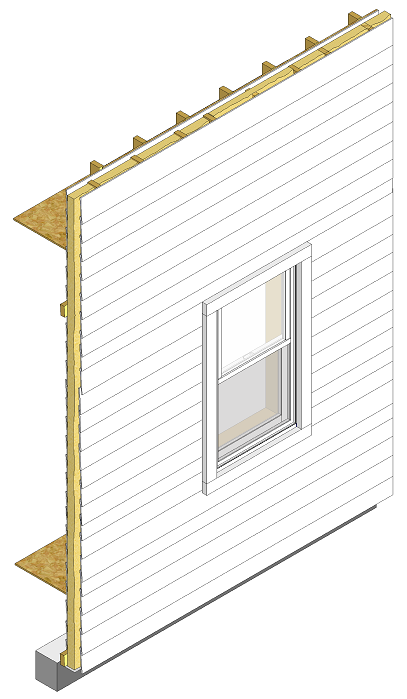

As such, CUDA can be incrementally applied to existing applications. Serial portions of applications are run on the CPU, and parallel portions are offloaded to the GPU. Support heterogeneous computation where applications use both the CPU and GPU. With CUDA C/C++, programmers can focus on the task of parallelization of the algorithms rather than spending time on their implementation. Provide a small set of extensions to standard programming languages, like C, that enable a straightforward implementation of parallel algorithms. It enables dramatic increases in computing performance by harnessing the power of the graphics processing unit (GPU).ĬUDA was developed with several design goals in mind: Introduction ĬUDA ® is a parallel computing platform and programming model invented by NVIDIA. The installation instructions for the CUDA Toolkit on MS-Windows systems. Less-common operating systemsįor more information on installing Node.js on a variety of operating systems, see this page.CUDA Installation Guide for Microsoft Windows Or see this page to install npm for Linux in the way many Linux developers prefer. One of the installers on the Node.js download page.If you're using Linux or another operating system, use one of the following installers: Linux or other operating systems Node installers Other versions have not yet been tested with npm. Be sure to install the version labeled LTS. If you're using OS X or Windows, use one of the installers from the Node.js download page.

If you use Linux, we recommend that you use a NodeSource installer. If you are unable to use a Node version manager, you can use a Node installer to install both Node.js and npm on your system. Using a Node installer to install Node.js and npm Node version managers allow you to install and switch between multiple versions of Node.js and npm on your system so you can test your applications on multiple versions of npm to ensure they work for users on different versions. Npm -v Using a Node version manager to install Node.js and npm


 0 kommentar(er)
0 kommentar(er)
